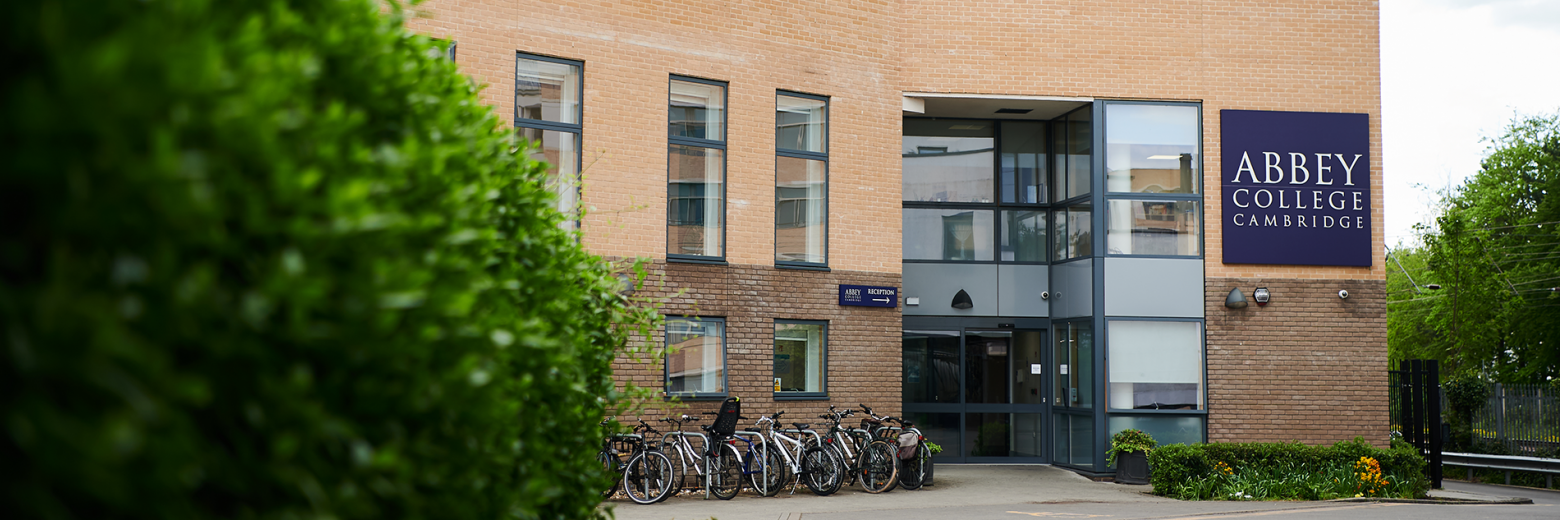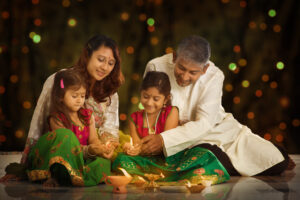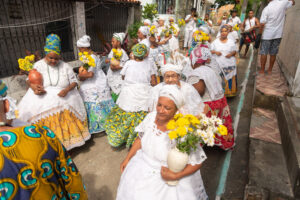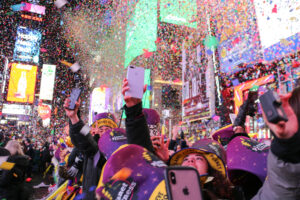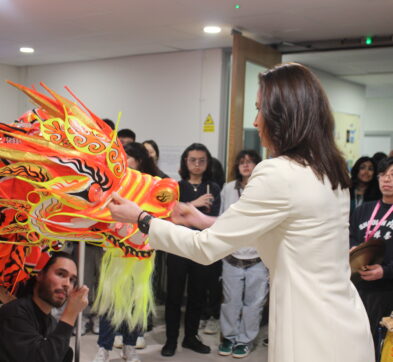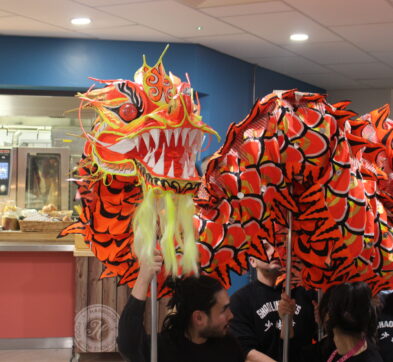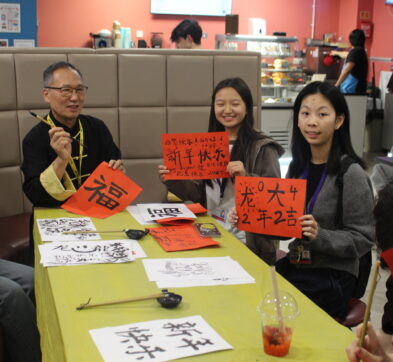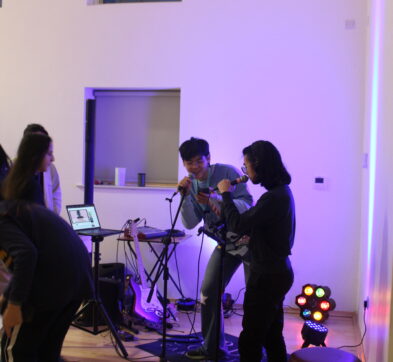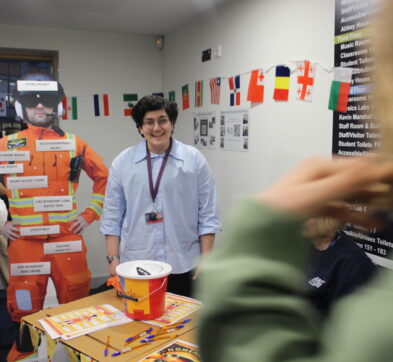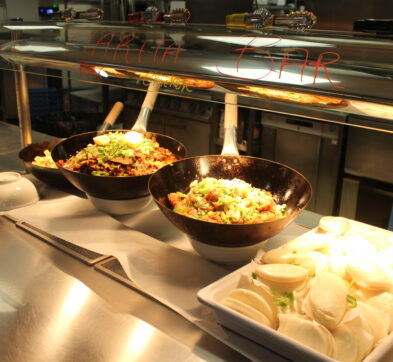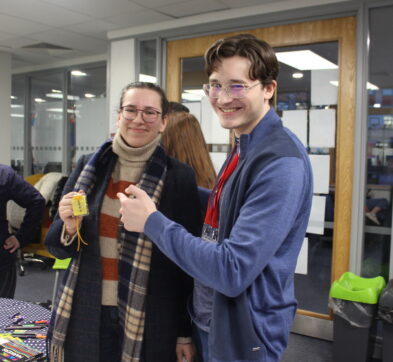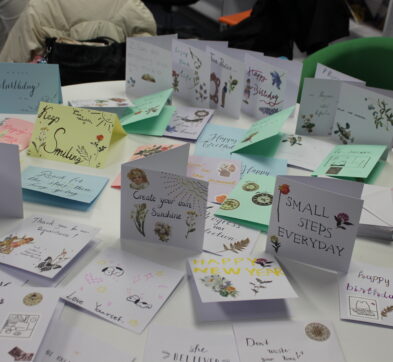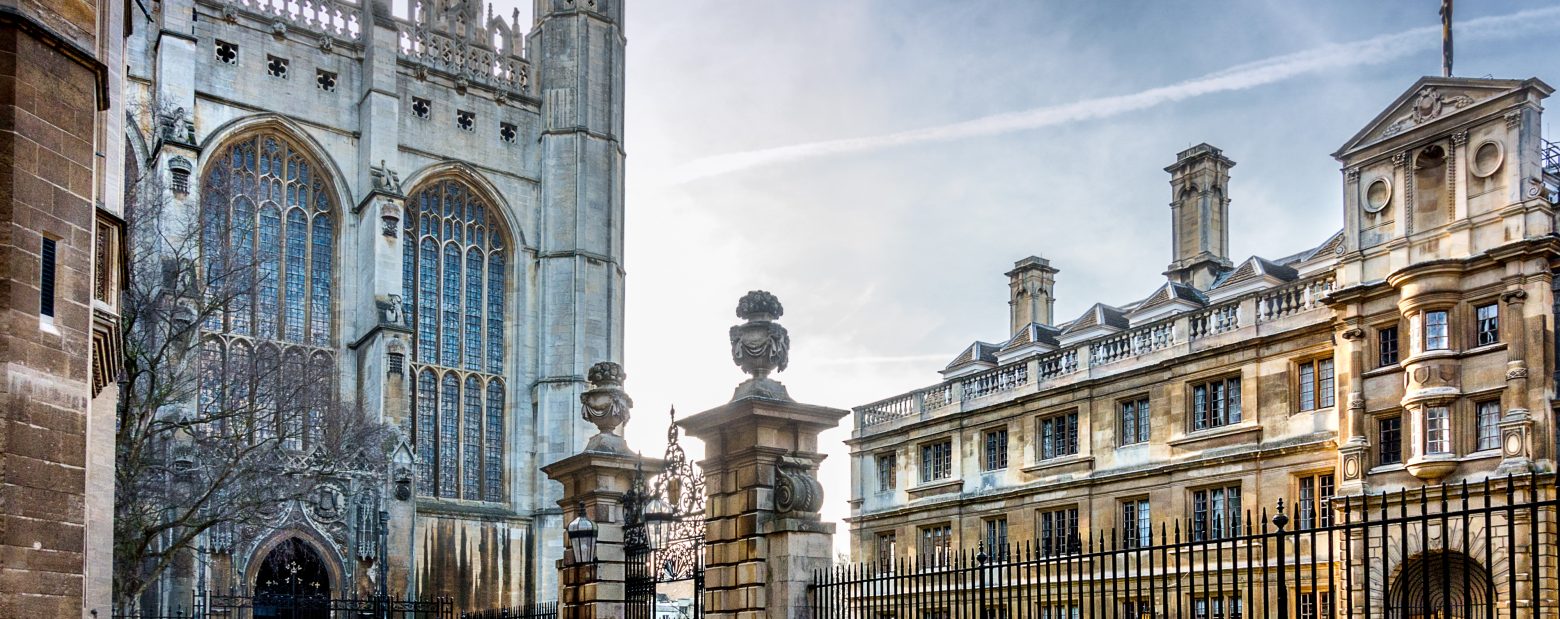New Year Around the World
22nd January 24
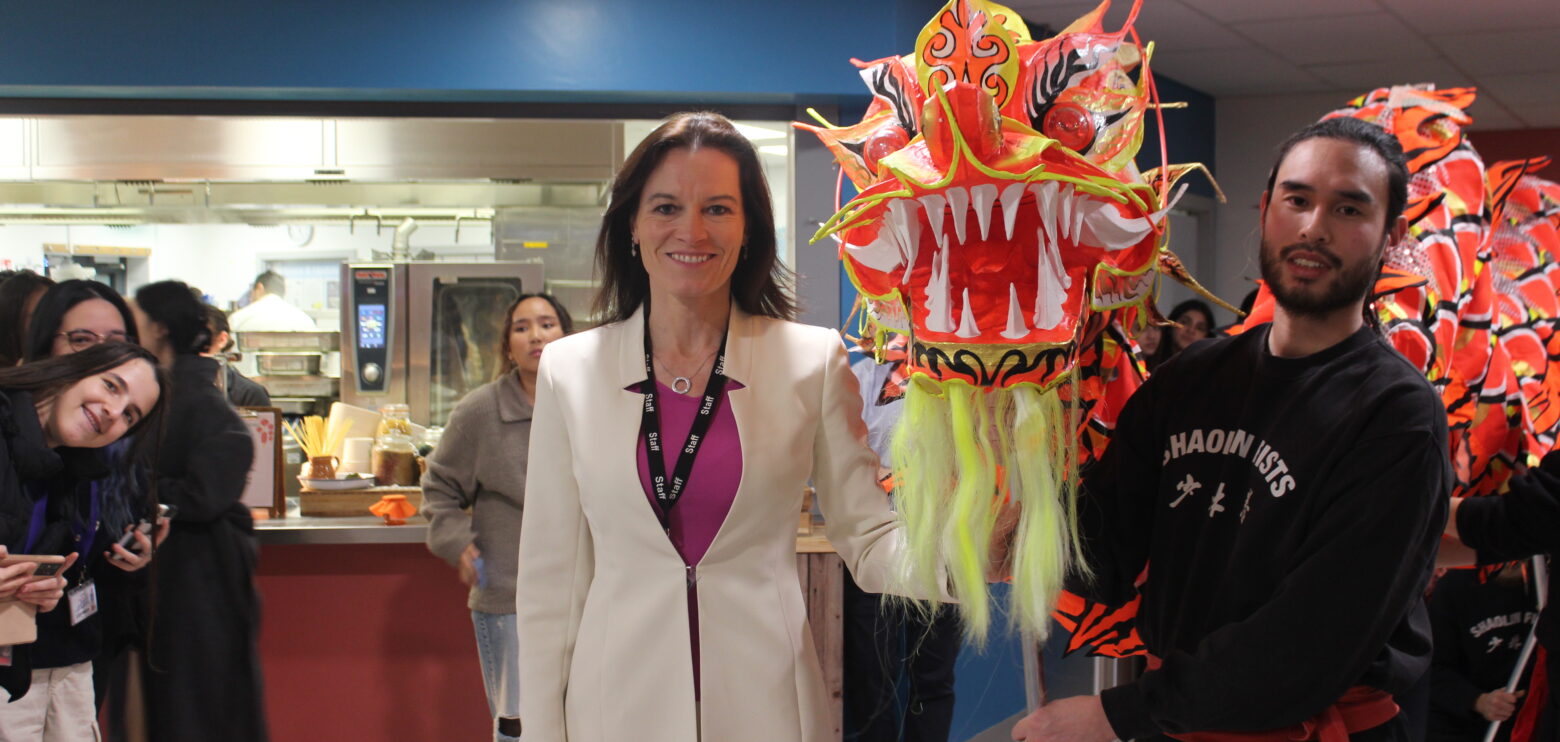
Article written by Abbey Cambridge Journalism Club
Explore the diverse tapestry of New Year celebrations around the globe, where customs, traditions, and festivities vary, reflecting the unique cultural landscapes that define each region. From the vibrant fireworks of Sydney to the tranquil rituals of Kyoto, join us on a journey to discover how the world welcomes the arrival of a new year, including how our own school celebrates it with the New Year Fair!
China: Lunar New Year
In China, the Lunar New Year, also known as the Spring Festival, takes centre stage. This celebration, marked by the iconic dragon and lion dances, vibrant lantern festivals, and the exchange of red envelopes for good luck, showcases the importance of family and the hope for prosperity in the coming year.
This theme of prosperity and hope carries on into the food that is eaten, with each dish symbolising something unique in Chinese culture. For example, fish for prosperity; noodles for longevity; spring rolls for wealth; and various sweets for a sweet life.
India: Diwali
In India, the new year is celebrated at different times across the country. Diwali, the festival of lights, signifies the triumph of good over evil and welcomes a new beginning. Families illuminate their homes with diyas, exchange sweets, and indulge in colourful fireworks, creating a spectacle that captivates the senses.
Diwali, the Festival of Lights, involves a variety of festive foods. Sweets like ladoos, barfi, and jalebi are common. Savoury snacks such as samosas, mathri, and chakli are also enjoyed. Families often prepare a spread of traditional dishes, symbolizing the celebration’s joy and prosperity.
Scotland: Hogmanay
In Scotland, the celebration of Hogmanay takes New Year festivities to a whole new level. The first-footer tradition, where the first person to enter a home after midnight brings symbolic gifts for good luck, is just one aspect of the lively celebrations that include music, dancing, and the singing of “Auld Lang Syne.”
Hogmanay, the Scottish New Year’s Eve celebration, includes various traditional foods. Some favourites are haggis (a savoury pudding), neeps and tatties (mashed turnips and potatoes), shortbread, and black bun (a rich fruitcake). Each dish contributes to the festive spirit of the Hogmanay festivities.
Japan: Oshogatsu
Oshogatsu, the Japanese New Year, is a time for reflection and renewal. Families come together to clean their homes, prepare traditional foods like osechi ryori, and visit Shinto shrines for prayers. The ringing of temple bells 108 times symbolizes the purification of the past year’s sins.
Traditional foods such as Toshi-Koshi Soba, which means ‘year crossing soba’, is eaten on December 31st to cross over into the following year. Because of this, many Japanese soba restaurants see their busiest day on New Year’s Eve. Kagami Mochi is another famous new year’s dish. It consists of a circular mochi underneath smaller michi with a bitter Japanese Orange, or daidai on top. It is on display until the first weekend in January. At that time, households would eat it by breaking the mochi and putting it into ozoni soup.
Brazil: Reveillo
On the vibrant beaches of Brazil, Reveillo marks the arrival of the new year with elaborate fireworks displays and parties that last until dawn. Locals dress in white, symbolising peace and prosperity, while jumping seven waves in the ocean is believed to bring good luck.
New Year’s Eve in Brazil also involves the consumption of lentils and pomegranates. In particular, pomegranates are significant in the way that they are eaten. Locals eat the flesh, but save the seeds. Seven seeds are wrapped in paper and placed in wallets to attract wealth.
Times Square and Beyond
In the United States, the iconic ball drop in Times Square, New York City, is a globally recognized New Year’s tradition. Yet, across the country, diverse communities infuse their celebrations with unique cultural elements, from the Southern tradition of eating black-eyed peas for good luck to the Native American ceremonies that honour the transition.
Spain: Nochevieja
In Spain, Nochevieja, or New Year’s Eve, is celebrated with gusto. The tradition of eating twelve grapes at the stroke of midnight, one for each chime of the clock, symbolises good luck for each month of the upcoming year. Festivities continue into the early hours, with lively street parties and flamboyant parades. The traditional Nochevieja dinner consists of bacalao, a stew made from dried salted codfish with tomatoes, olives, and other vegetables. Other foods prepared and served on Nochevieja are also served at Christmas, such as pozole, tamales, stuffed pork loin and turkey, and the hot Ponche Navideño we talked about previously can also be served.
Muslim Countries
In Muslim-majority countries, the Islamic New Year, also known as Hijri New Year or Arabic New Year, is celebrated. However, it’s important to note that the Islamic calendar is lunar, so the Islamic New Year does not correspond with the Gregorian calendar’s New Year’s Day on January 1st. Instead, it moves about 10-12 days earlier each year.
The Islamic New Year begins with the month of Muharram, which is considered the first month of the Islamic lunar calendar. The specific date of the Islamic New Year varies depending on the sighting of the moon, as it is based on the lunar cycles.
The occasion is typically marked with special prayers, gatherings, reflections, and sometimes fasting, especially on the 10th day of Muharram, known as Ashura. This day holds significant religious importance for Muslims, commemorating various events in Islamic history, including the Prophet Muhammad’s migration from Mecca to Medina (known as the Hijra), and the rescue of the Israelites from Pharaoh in Egypt according to Islamic tradition.
The way the Islamic New Year is celebrated can vary from one Muslim-majority country to another, influenced by cultural traditions and practices specific to each region. However, it is generally a time for spiritual reflection, gratitude, and renewing intentions for the year ahead.
New Year Fair
To mark how important New Year festivals are for people all over the world. On Wednesday 17th January, the start of the year. Abbey College Cambridge hosted their own new year event to reflect global new year celebrations.
We had some activities in the fair, like karaoke, dragon dance and a price guessing game. Some students that attended the fair said they liked the dragon dance most. One Chinese student said she liked it most because she was very happy to see her country’s traditional activities in the UK. And another student thinks the performer of the dragon dance would have to practice a lot. He thinks their state of mind was focused and can encourage others.
At the fair, we also had lots of food that people could choose. We had bubble tea, pizza and some special drinks, etc. Many students think that the food was nice. And especially the pizza. The staff cooked it immediately when people bought it. There were three flavour to choose, and they tasted really good. I would say that the Margherita was the best!
New Year has a different meaning for different people. We have interviewed some students. Here are their opinions. First, some students think that the new year is a new start of everything. So if you didn’t do well last year. It is a new start for you to change and have new target. And some students even said that it’s like a resolution!
Second, for Chinese students, they celebrate the Chinese New Year. It is an important celebration for Chinese. Families gather together and have a sumptuous dinner. It means reunion for Chinese people. Whatever where they are, they will go back to home and celebrate it! Some students think it is a pity that they can not be able to return home and spend time with their family during the new year.
In conclusion, the vibrant tapestry of experiences woven together at the New Year Fair creates an atmosphere of joy, community, and anticipation for the possibilities ahead. As visitors immerse themselves in the festive spirit, exploring diverse stalls, savouring delectable treats, and engaging in lively activities, the fair becomes a microcosm of the shared optimism that accompanies the start of a new year. It is a celebration that transcends cultural boundaries, fostering connections and leaving indelible memories that linger long after the fairground lights dim.
Written by:
Shao Keng Dexter, Bekzod, Siyu Kate, Yuwei Tina, The Journalism Club
Thank you for reading.

